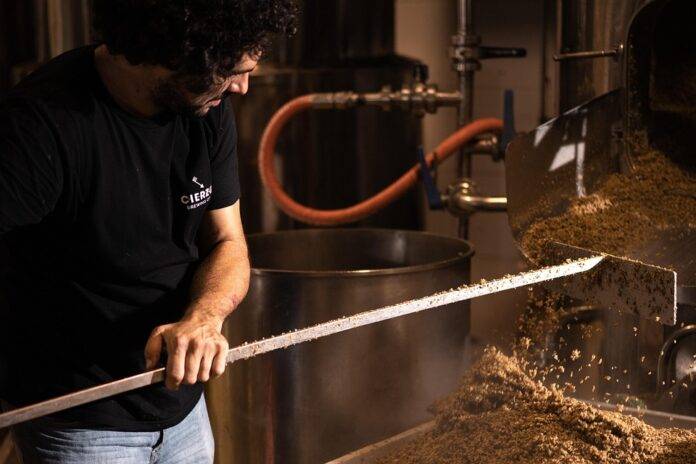Introduction
Low alcohol, gluten-free, and functional beers have been gaining popularity worldwide in recent years. This report will delve into the reasons behind this trend, exploring the driving factors, industry insights, and financial data to provide a comprehensive understanding of this growing market.
Increasing Demand for Healthier Alternatives
Consumer Awareness and Preferences
One of the key reasons for the rise in popularity of low alcohol, gluten-free, and functional beers is the increasing consumer awareness of health and wellness. Consumers are becoming more conscious of what they put into their bodies and are seeking healthier alternatives to traditional beer options. This shift in consumer preferences has led to a growing demand for beers that are lower in alcohol content, gluten-free, and offer functional benefits.
Health Benefits
Low alcohol beers are seen as a healthier option for those looking to enjoy a drink without the negative effects of high alcohol consumption. Gluten-free beers cater to individuals with gluten sensitivities or celiac disease, providing them with a safe and enjoyable alternative. Functional beers, on the other hand, offer added health benefits such as probiotics, vitamins, or antioxidants, appealing to health-conscious consumers.
Industry Insights
Market Trends
The low alcohol, gluten-free, and functional beer market has been experiencing significant growth in recent years. According to market research firm Mintel, the global market for low alcohol beer is projected to reach $10.5 billion by 2025. Similarly, the gluten-free beer market is expected to grow at a CAGR of 9.2% from 2020 to 2025, driven by increasing demand from consumers with gluten sensitivities.
Key Players
Several breweries and beer companies have capitalized on the growing trend of low alcohol, gluten-free, and functional beers. Companies such as BrewDog, Dogfish Head Brewery, and Athletic Brewing Co. have launched successful product lines catering to health-conscious consumers. These companies have invested in research and development to create innovative beer formulations that meet the demands of this emerging market segment.
Financial Data
Revenue Growth
The financial performance of breweries specializing in low alcohol, gluten-free, and functional beers has been impressive in recent years. BrewDog, for example, reported a revenue of £238 million in 2020, representing a 10% increase from the previous year. Similarly, Athletic Brewing Co. saw a revenue growth of 200% in 2020, reflecting the strong demand for their range of non-alcoholic and low alcohol beers.
Investment and Expansion
Investors have taken notice of the potential of the low alcohol, gluten-free, and functional beer market, leading to increased investment in breweries operating in this space. BrewDog, known for its innovative approach to brewing, raised £72 million in equity funding in 2021 to support its global expansion plans. This influx of capital has allowed breweries to expand their production capacity, develop new product lines, and enter new markets to capitalize on the growing demand for healthier beer options.
Conclusion
In conclusion, the rising popularity of low alcohol, gluten-free, and functional beers can be attributed to the increasing consumer awareness of health and wellness, coupled with the availability of innovative and high-quality products from breweries and beer companies. The market for these healthier beer alternatives is expected to continue growing in the coming years, presenting opportunities for breweries to cater to the evolving preferences of consumers seeking healthier and more functional beverage options. As the trend towards healthier living continues to gain momentum, the demand for low alcohol, gluten-free, and functional beers is likely to remain strong, shaping the future of the beer industry worldwide.




